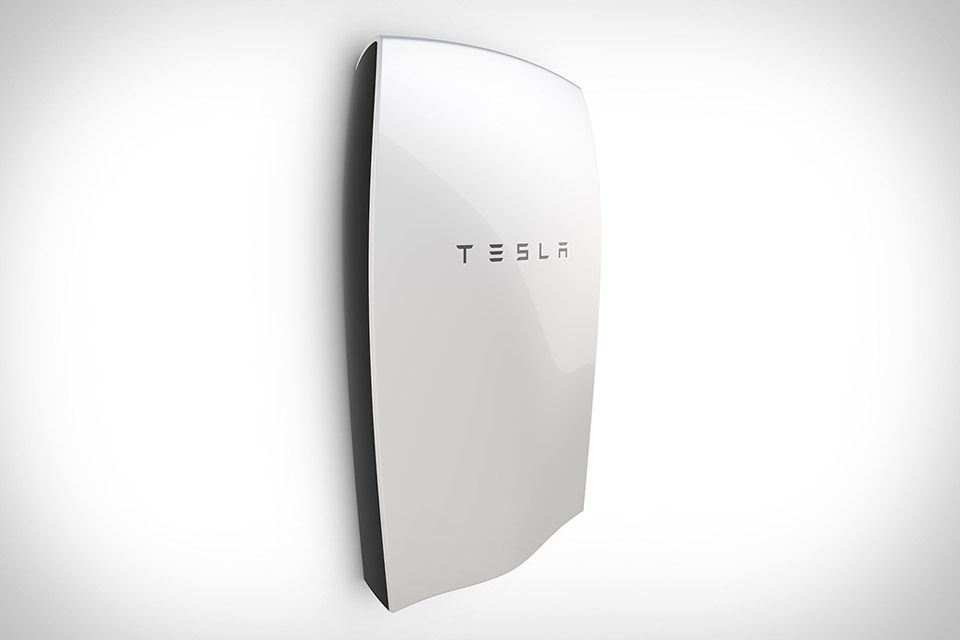If you were thinking about getting Tesla's $3,000 Powerwall, you might want to wait until summer.
Tesla announced a new home battery system last spring that took the energy-saving scene by storm, but now the electric carmaker has begun to tease a "version two". Powerwall is basically a home battery designed to be paired with rooftop solar systems. Within a month of debuting, Tesla had received 38,000 pre-orders, with some customers reserving more than one battery.
Those are definitely strong numbers for Tesla's latest venture. So, the message was loud and clear: consumers want battery systems that can be placed at their homes or in businesses in order to store solar energy and thus enable them to be less reliant on the power grid. Plus, with these type of batteries, they'd have a back up should the grid fail. Amazeballs, right?
Those of you who count yourself among that crowd will be happy to hear that Tesla hasn't stopped working on its latest venture and is now prepping a Powerwall 2 that is expected to launch in the coming months.
Tesla Powerwall 2: What is it?
The original Powerwall is a lithium-ion battery that comes as a single unit or in multiples for those who need more power.
It stores excess energy produced from your own solar generation (so that energy not used at the time will be available later) and can store power when electricity from the power grid is at its cheapest rate (off-peak). And it is able to juice up everything in your house.
From a 0.2kWh fridge to a 2.3kWh washing machine, the 7kWh or 10kWh Powerwalls should be able to keep you running. For those that know their electricity consumption numbers, the Powerwall offers continuous power at 2kW with a peak power output of 3kW.
So, with all that in mind, Elon Musk, Tesla's CEO, told people at a Paris event in January 2016 (see the video above) that his company is "coming up with the version two of the Powerwall". Impressive... considering the first Powerwall only recently started shipping.
Tesla Powerwall 2: How is it different from the first Powerwall?
The first Powerwall uses batteries from Panasonic, but the second version, which isn't yet available, will be different in that it uses cells built at Tesla's Gigafactory in Nevada. Other than where the batteries will be made, all we know so far is Powerwall 2 should provide "moderate improvements" and a "further step change in capabilities" over the first Powerwall, Musk said.
Tesla Powerwall 2: How much does it cost?
It's too early to say. But keep in mind the first Powerwall costs $3,500 for 10kWh or $3,000 for 7kWh.
Tesla Powerwall 2: When will it be available?
Musk said Tesla plans to come out with version two of the Powerwall "probably around July/August" of 2016.
Want to know more?
Check out Pocket-lint's Tesla hub for more related news.

